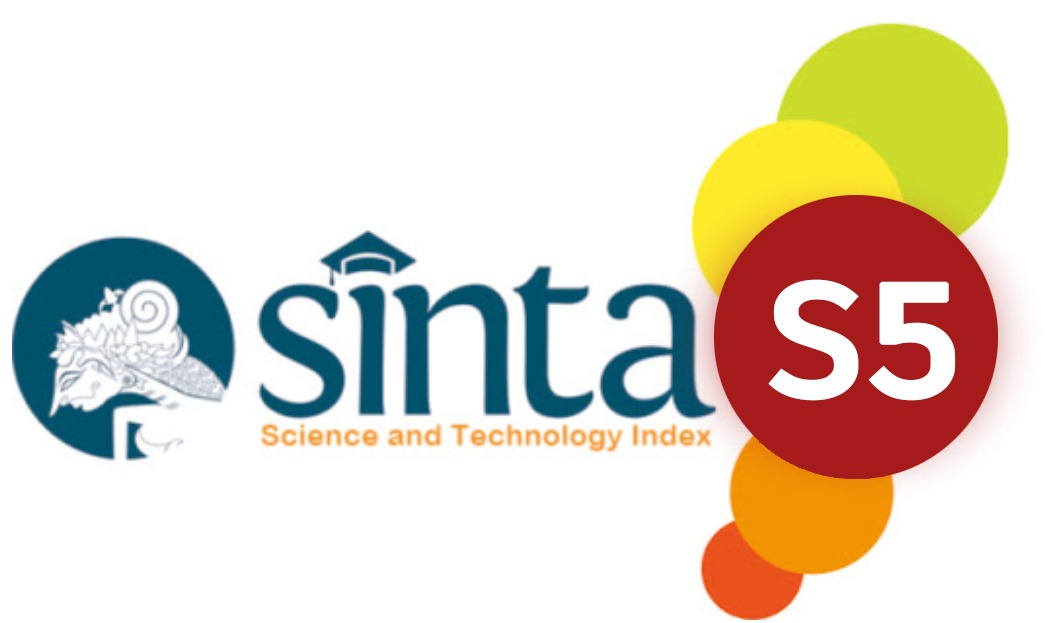Etos Kerja dalam Film Fune wo Amu
Abstract
Japanese people is known for their high work ethic. When Japan still in its heyday, Japanese companies had two management systems, namely nenkojoretsuseido and shushinkoyouseido. However, due to the bursting of the economic bubble, the management system changed and a new type of worker emerged, furītā, in which the today’s Japanese young generation prefer this new management system. Fune wo Amu film reflects work ethics and some of the advantages of tradisional Japanese management systems. By using marxism by Althusser’s theory, Fune wo Amu film wants to show a new reality and re-empashize the superiority of tradisional Japanese management systems when Japan still in its heyday. This superiority is reflected through the work ethics that reflected by some characters in this film. In addition, this film also oppose the stereotype that exist in Japanese society, where women are not fit to work as a sushi chefs. By applying a work ethics, gender is not an obstacle for women to work in men’s jobs.
Keywords
References
Cook, E. E. (2012). Still a Child? Liminality and the Construction of Youthful Masculinities in Japan. 58–84. https://www.researchgate.net/publication/261445926_Still_a_Child_Liminality_and_the_Construction_of_Youthful_Masculinities_in_Japan
Cook, E. E. (2013). Expectations of failure: Maturity and masculinity for freeters in contemporary Japan. Social Science Japan Journal, 16(1), 29–43. https://doi.org/10.1093/ssjj/jys022
de St. Maurice, G. (2018). Sensing Bodies at the Center in Today’s Traditional Japanese Restaurant Kitchens. Japanese Studies, 38(1), 1–20. https://doi.org/10.1080/10371397.2018.1465803
Forsberg, J., & Ogawa, A. (2012). Hikikomori in Contemporary Japan: A Perspective of Amae. 39. http://su.diva-portal.org/smash/get/diva2:568035/FULLTEXT01
Ginting, D. (2016). Etos Kerja: Panduan Menjadi Karyawan Cerdas.
Gupta, S., & Jain, S. K. (2014). The 5S and kaizen concept for overall improvement of the organisation : a case study Shaman Gupta Sanjiv Kumar Jain *. International Journal of Lean Enterprise Research, 1(1), 22–40. https://doi.org/10.1504/IJLER.2014.062280
Hadiansyah, A., & Yanwar, R. P. (2017). Pengaruh Etos Kerja Terhadap Kinerja Karyawan PT. AE. JURNAL Al-AZHAR INDONESIA SERI HUMANIORA, 3(2), 150–158. https://doi.org/10.36722/sh.v3i2.204
Heinze, U., & Thomas, P. (2014). Self and salvation: visions of hikikomori in Japanese manga. Contemporary Japan, 26(1), 151–169. https://doi.org/10.1515/cj-2014-0007
Hoang, L. (2016). Japanese NEET and Freeter : A representation of the relationship between social changes and youth’s employment pattern. Honors Theses, 158, 67. https://digitalworks.union.edu/theses/158
Irvansyah, M. (2014). Analisis Penyebab Hikikomori Melalui Pendekatan Fenomenologi. Japanology, 2(2), 29–39.
Kosat, O. (2021). LOUIS ALTHUSSER: MARXIS STRUKTURAL. Lumen Veritatis: Jurnal Filsafat Dan Teologi, 11(2), 187–198. https://doi.org/10.30822/lumenveritatis.v10i1.208
Mujihandono, D. S., & Siswantara, Y. (2021). Semangat Bushido Analisa Kultural Untuk Pengembangan Karakter Masyarakat. Sapientia Humana: Jurnal Sosial Humaniora., 1(1), 29–38. https://doi.org/10.26593/jsh.v1i01.4970
Purba, J., & Sumartono, B. (2019). PERUSAHAAN PENGHASIL PRODUK FLAVOR ( Studi Kaus PT . Firmenich Indonesia ). 9(1), 57–66.
Shinpei, Y. (2019). The Social Possibilities of Economic Bushido: Inazo Nitobe’s Bushido: The Soul of Japan and its Application to Modern Society. 17, 11–29. https://core.ac.uk/download/pdf/228570633.pdf
Soesilo, R. (2017). Implementasi Kaizen Dan 5S Pada Pengeringan Produk Di Proses Plating. Jurnal Teknik Industri, 18(2), 121–126. https://doi.org/10.22219/jtiumm.vol18.no2.121-126
Suliyati, T. (2013). Bushido Pada Masyarakat Jepang : Masa Lalu dan Masa Kini. Izumi, 1(1). https://doi.org/10.14710/izumi.1.1.
Supriyadi, & Zulaeha, I. (2017). Dimensi Ekonomi, Politik, dan Ideologi pada Artikel-Artikel di Media Massa Cetak Jawa Pos dalam Perspektif Analisis Wacana Kritis. Seloka: Jurnal Pendidikan Bahasa Dan Sastra Indonesia, 6(1), 1–14. http://journal.unnes.ac.id/sju/index.php/seloka
Triananda, D. (2018). Koizumi Jun’ichiro: Sebuah Ambisi Revolusi. Lensa Budaya: Jurnal Ilmiah Ilmu-Ilmu Budaya, 13(1), 61–74. http://journal.unhas.ac.id/index.php/jlb
Widiandari, A. (2015). SERVICE OVERTIME DAN KAROSHI : KONSEKUENSI DARI ETOS KERJA JEPANG. Izumi, 4(2), 24–31. http://ejournal.undip.ac.id/index.php/izumi
Widisuseno, I. (2017). MENGENAL ETOS KERJA BANGSA JEPANG: LANGKAH MENGGALI NILAI-NILAI MORAL BUSHIDO BANGSA JEPANG. Kiryoku, 1(3), 54–59. http://ejournal.undip.ac.id/index.php/kiryoku
Widisuseno, I. (2018). MENGENAL PROFIL KARAKTER BANGSA JEPANG MELALUI FILSAFAT GANBARU. Kiryoku, 2(2), 110–118. https://doi.org/10.14710/kiryoku.v2i2.110-118
Winata, G., Marion, E. C., & Pradipto, Y. D. (2018). Sustainability of Ganbaru Concept among Japanese Expatriate in Jakarta. Proceedings of the 3rd International Conference on Social Sciences, Laws, Arts and Humanities, 1, 165–168. https://doi.org/10.5220/0010004301650168
Yustikari, V., & Zulfana, H. (2022). Karakteristik Etos Kerja pada Organisasi di Jepang. Cermin Jurnal Manajemen Pendidikan Berbasis Islam Nusantara, 1(2), 1–4. https://ejournal.staida-krempyang.ac.id/index.php/CERMIN
DOI: 10.33751/idea.v5i2.8564
Refbacks
- There are currently no refbacks.
Copyright (c) 2023 IDEA : Jurnal Studi Jepang

This work is licensed under a Creative Commons Attribution-ShareAlike 4.0 International License.








